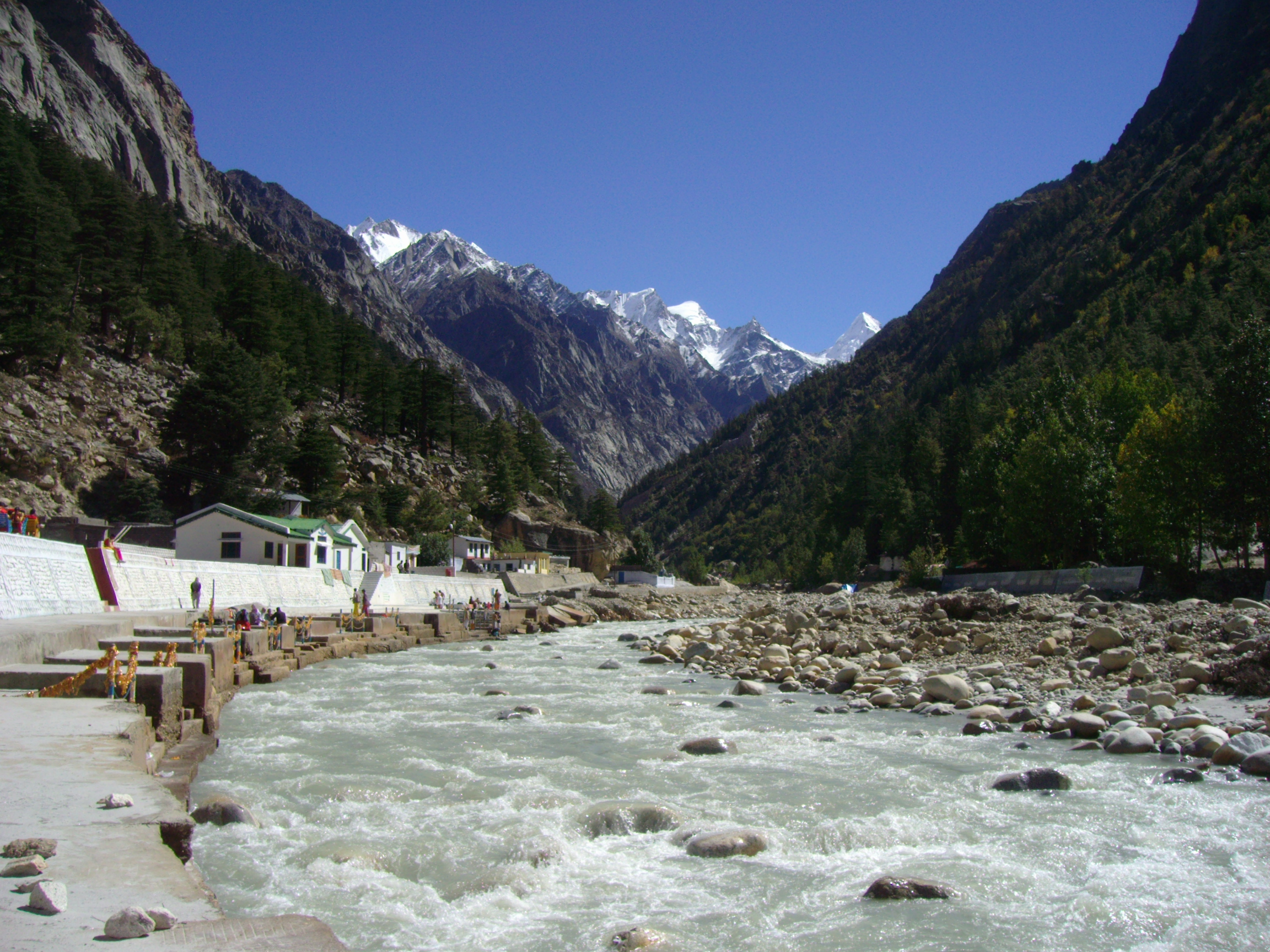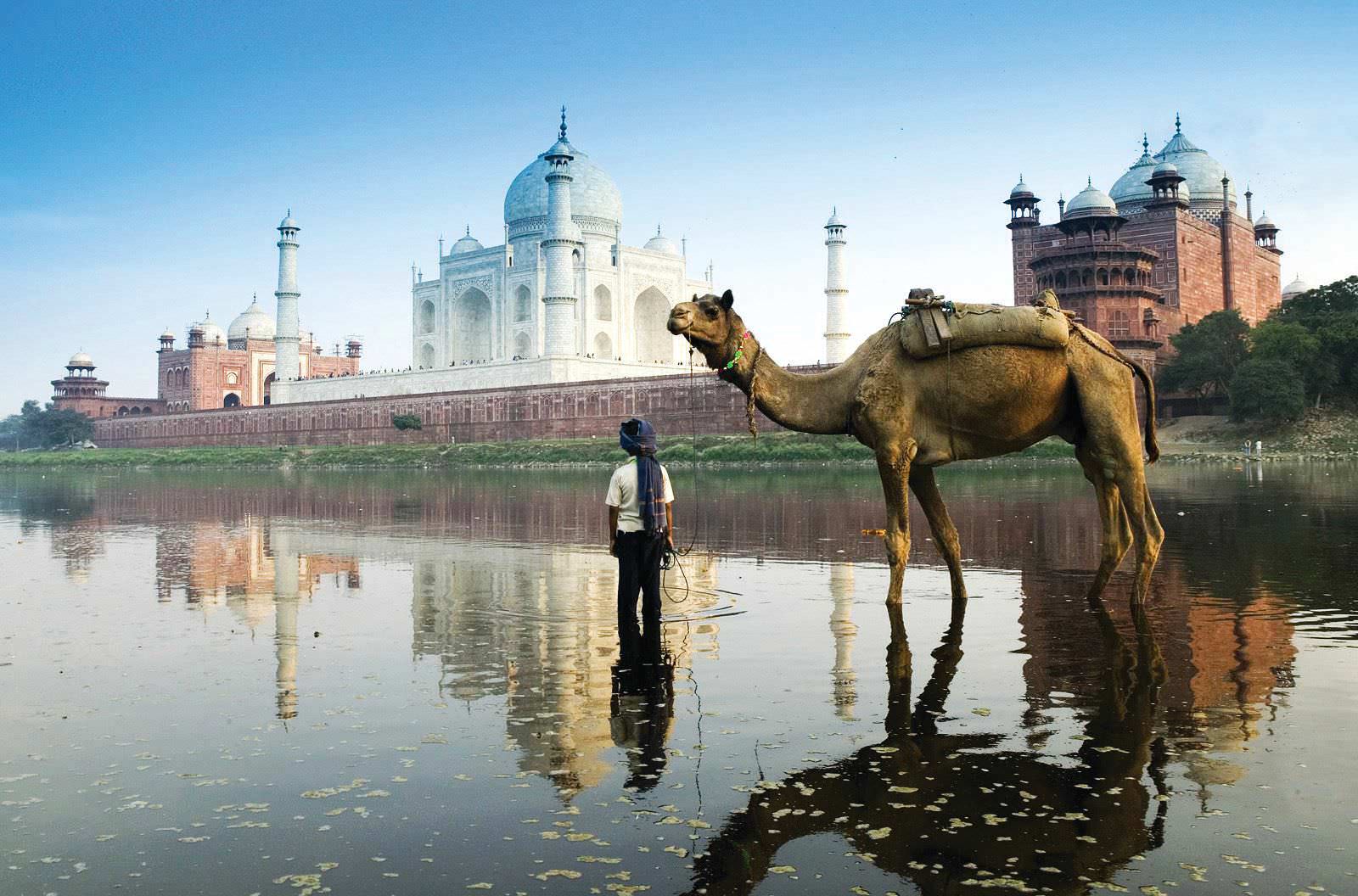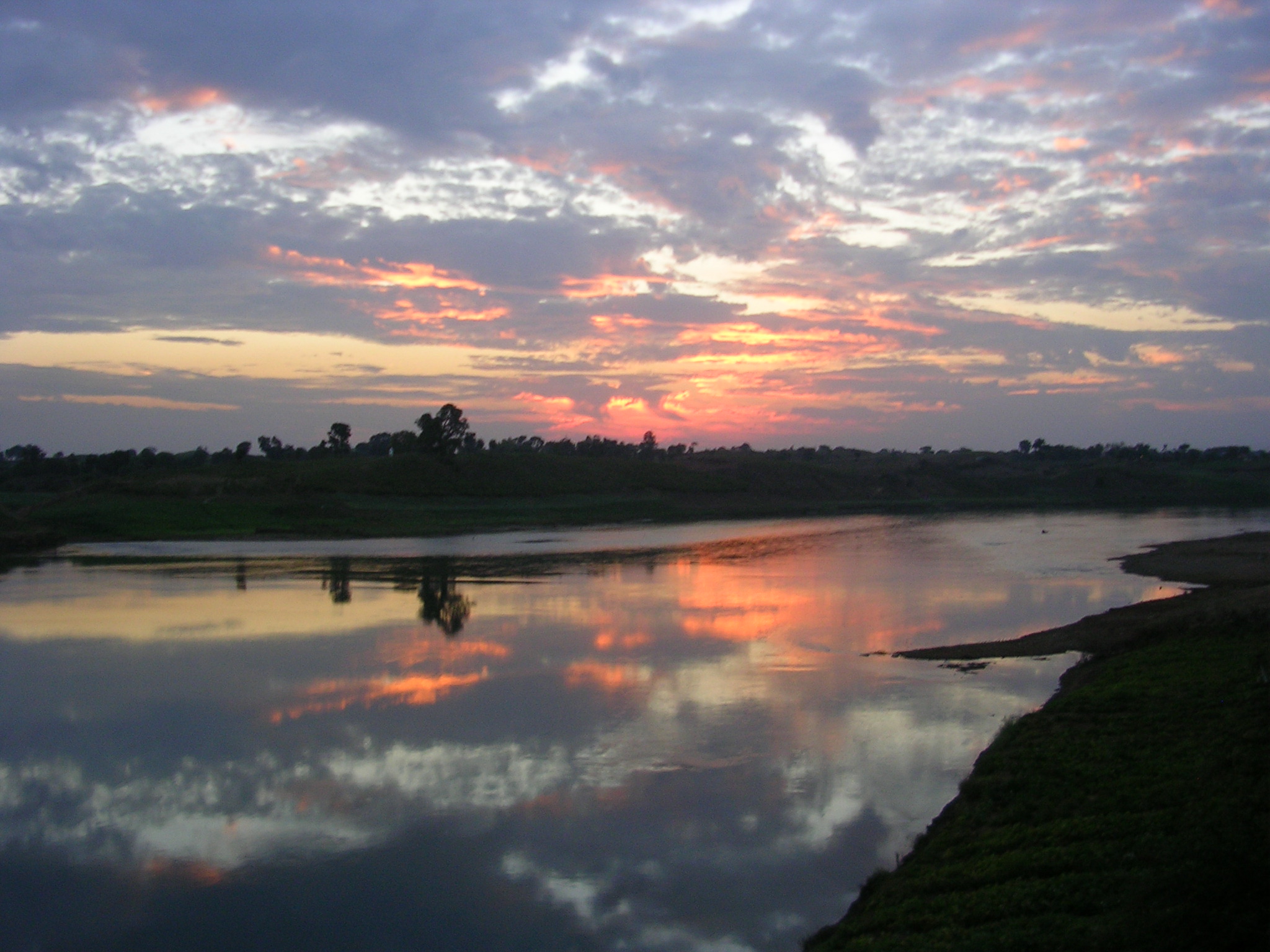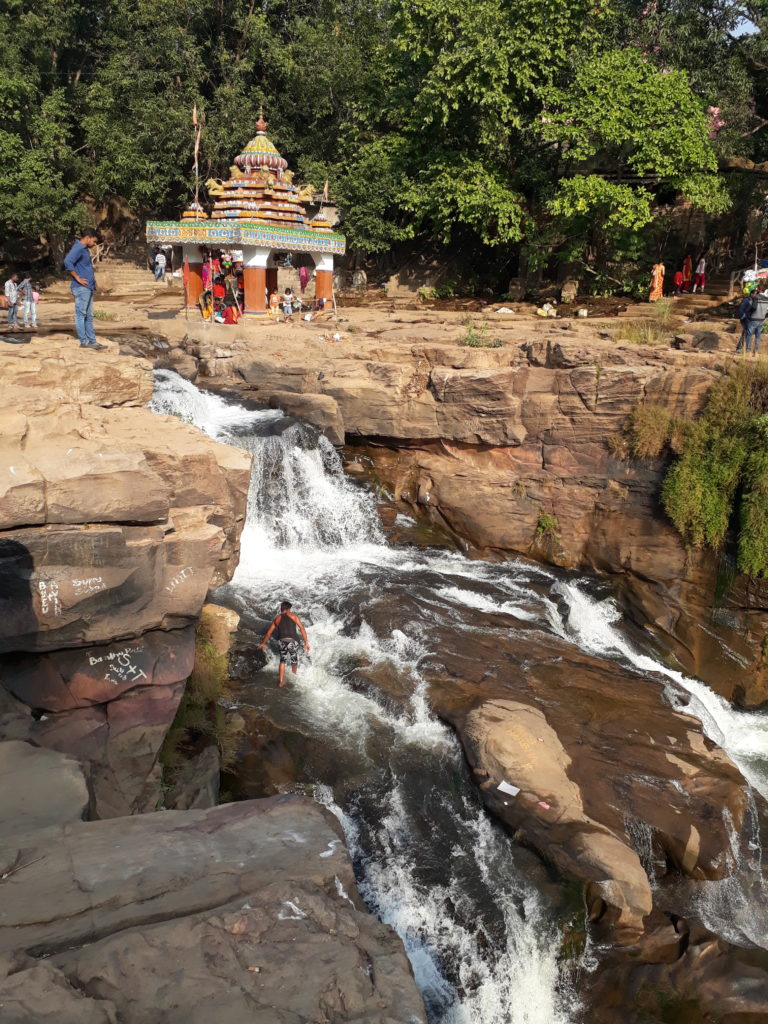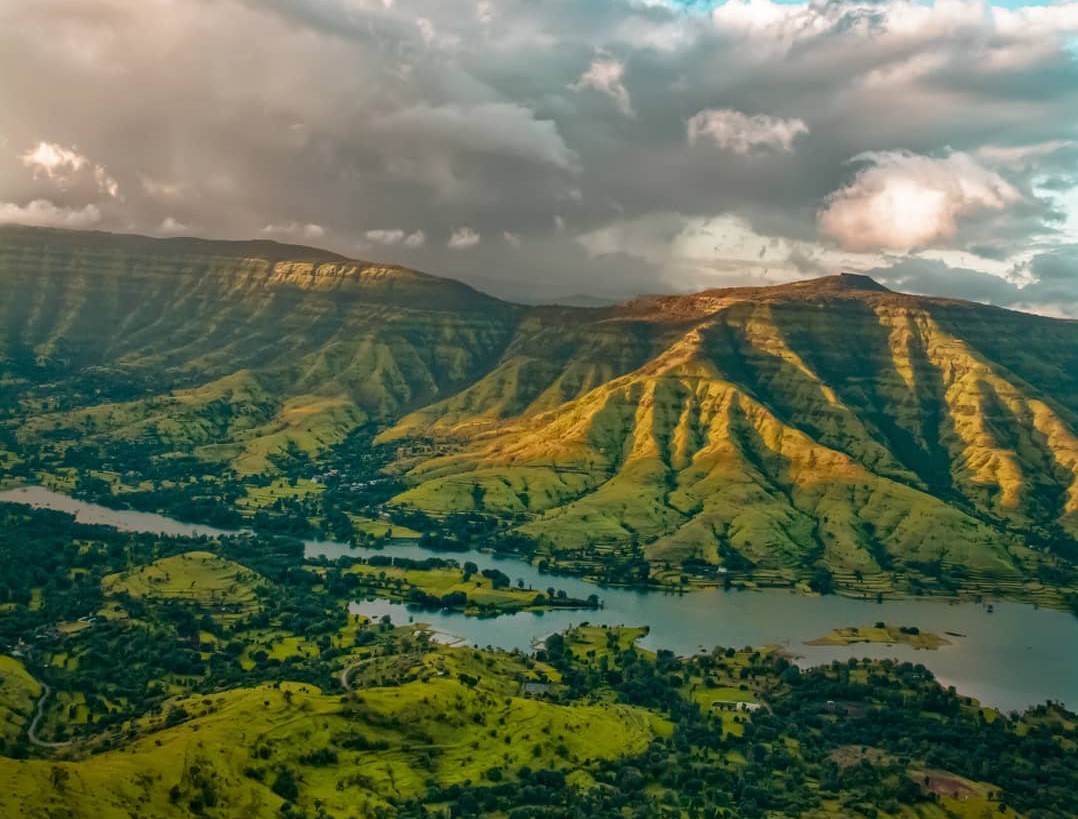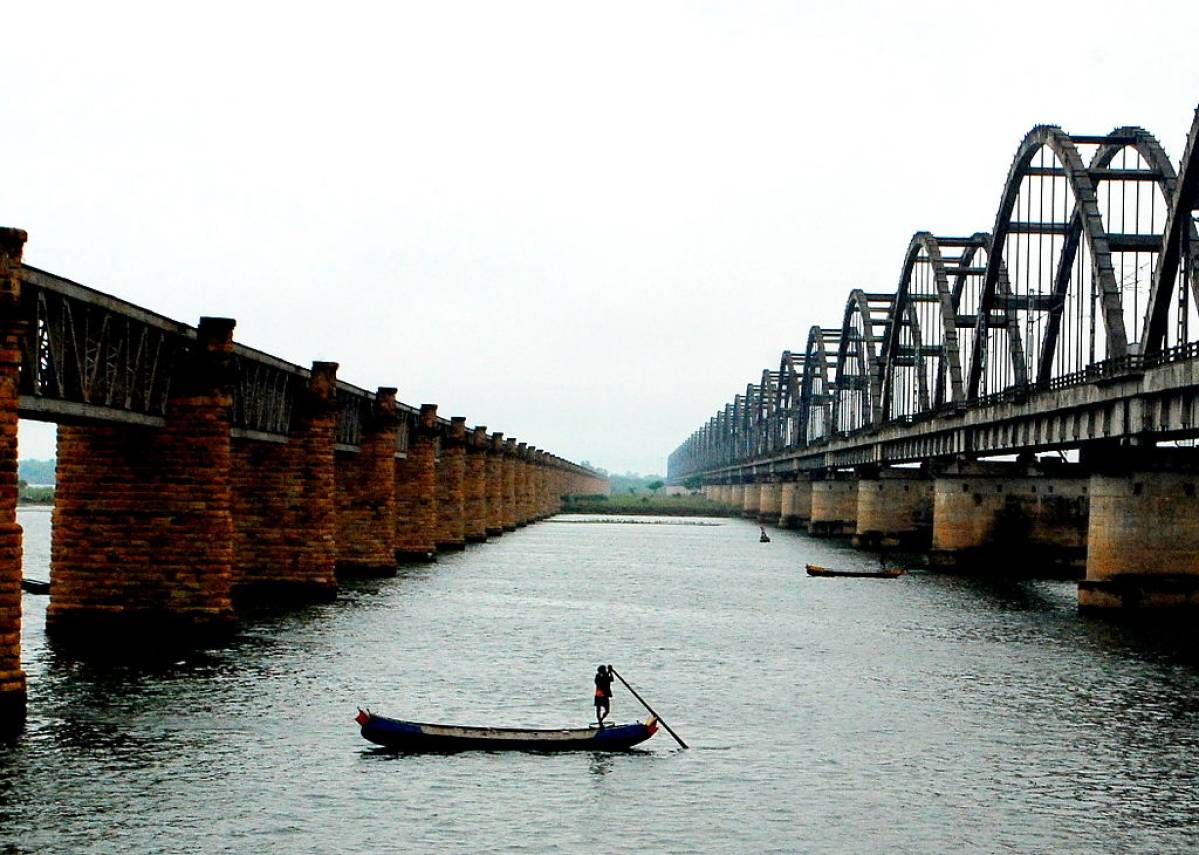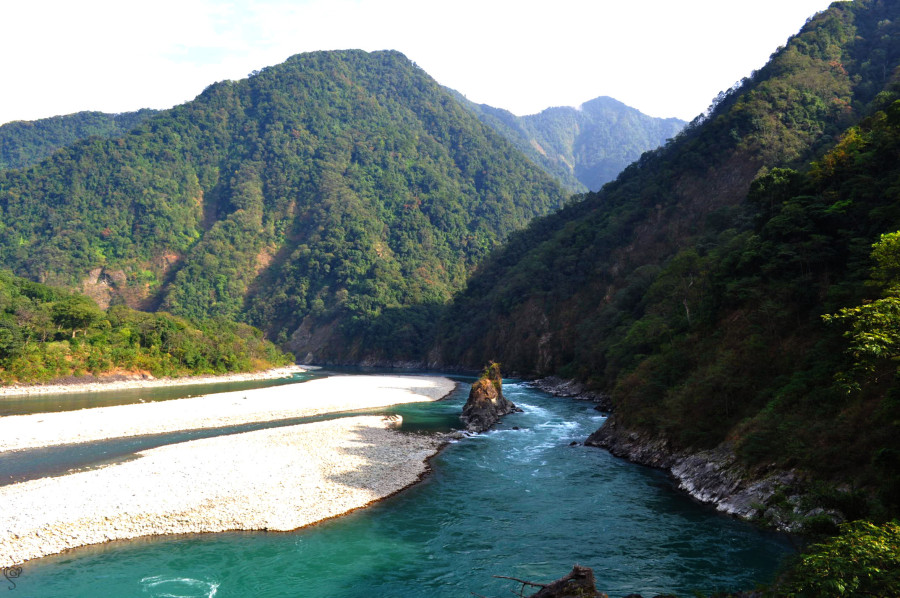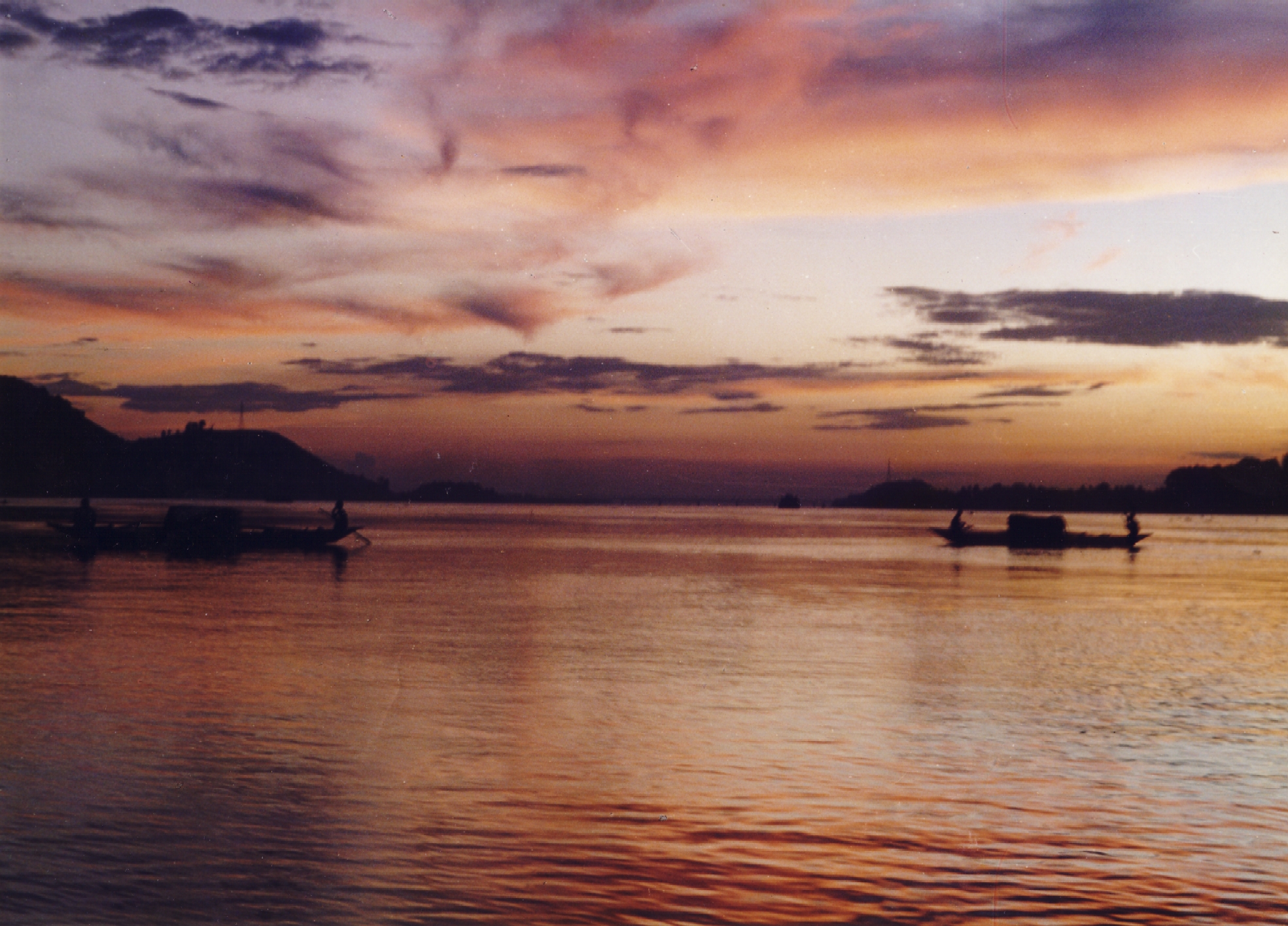“More than one-half of the world’s major rivers are being seriously depleted and polluted, degrading and poisoning the surrounding ecosystems, thus threatening the health and livelihood of people who depend upon them for irrigation, drinking, and industrial water.” – Ismail Serageldin,Chairman of the World Commission on Water for the 21st Century. My perspective of looking …
Have A Bath In The Sacred Yamuna!
The Yamuna, which is the principal tributary of the Ganges, runs almost 1400 km through the states of Uttaranchal, Himachal Pradesh, Haryana, Delhi, and Uttar Pradesh, before it meets the Ganges at Allahabad. It also creates physical state borders between Himachal Pradesh and Uttaranchal and further down, between Haryana and Uttar Pradesh. Along with its …
The Narmada “Life Line of Madhya Pradesh & Gujarat”
If rivers could be rated according to grace, the Narmada would be the strongest contender. The river runs a rather picturesque course from its point of origin, to where it meets the sea. The watershed of the Amarkantak Plateau where the Narmada begins its journey also feeds the Sone River. While the former flows westwards …
Know More About “The Mahanadi”
The northern watershed feeds numerous rivers, but the most significant in terms of volume and relevance are the big four that comprise the Ganges, Brahmaputra, Indus (a small part of which flows through India) and Mahanadi -one of the most important rivers of central India and Orissa. Unfortunately, this river is associated with wanton destruction. …
The Krishna – The Krishnaveni Of India
In the quaint hill station of Old Mahabaleshwar on the slopes of the Western Ghats is a shrine dedicated to Shiva. The Adi Mahadeva Temple appears unassuming from the outside; however, as soon as you enter it, a profoundly interesting sight greets you. The Krishna river that rises in these hills flows through subterranean passages …
The Godavari – India’s Second Longest River
Below a stunted hill in the Western Ghats just north of Nasik, the quaint village of Trimbakesh embraces a few relics of Hindu religious architecture and a seemingly insignificant temple tank. This tank, not larger than a village pond is the mythical source of the Godavari. Many devotees are of the firm opinion that this …
Travel The Ganges
The Ganges has the indisputable reputation of being India’s holiest river. India is the birthplace of Hinduism and the river provides the elixir for the undying devotion of many generations of Hindus. Over many millennia, pilgrims have subscribed to the belief that bathing in the Ganges absolves sin and circumvents the process of rebirth. The …
Flora and Fauna
Human beings are perhaps the first species to be prolific enough to have threatened their existence by destroying the very ecosystem that supports them. The very importance of rivers as a source of potable water is apparent; so is the fact that most of them are so polluted that they can barely sustain life. While …
Floods and Flood Plains
A. flood is a consequence of many factors. The vagaries of nature and human avarice are equally responsible for the devastation caused by floods. In theory, flooding occurs when the volume of water within a water body exceeds the carrying capacity of its channel. When the embankment is inundated with this excessive volume of water, …
The Brahmaputra – Our Very Own Red River
The Brahmaputra, the lifeline of northeast India is undoubtedly one of Asia’s most magnificent rivers. This river which is almost 3000 km long, is known by different names in the three countries it flows through (China, India, and Bangladesh). Its uniqueness also lies in the fact that it represents and bridges three major religions: Hinduism, …

